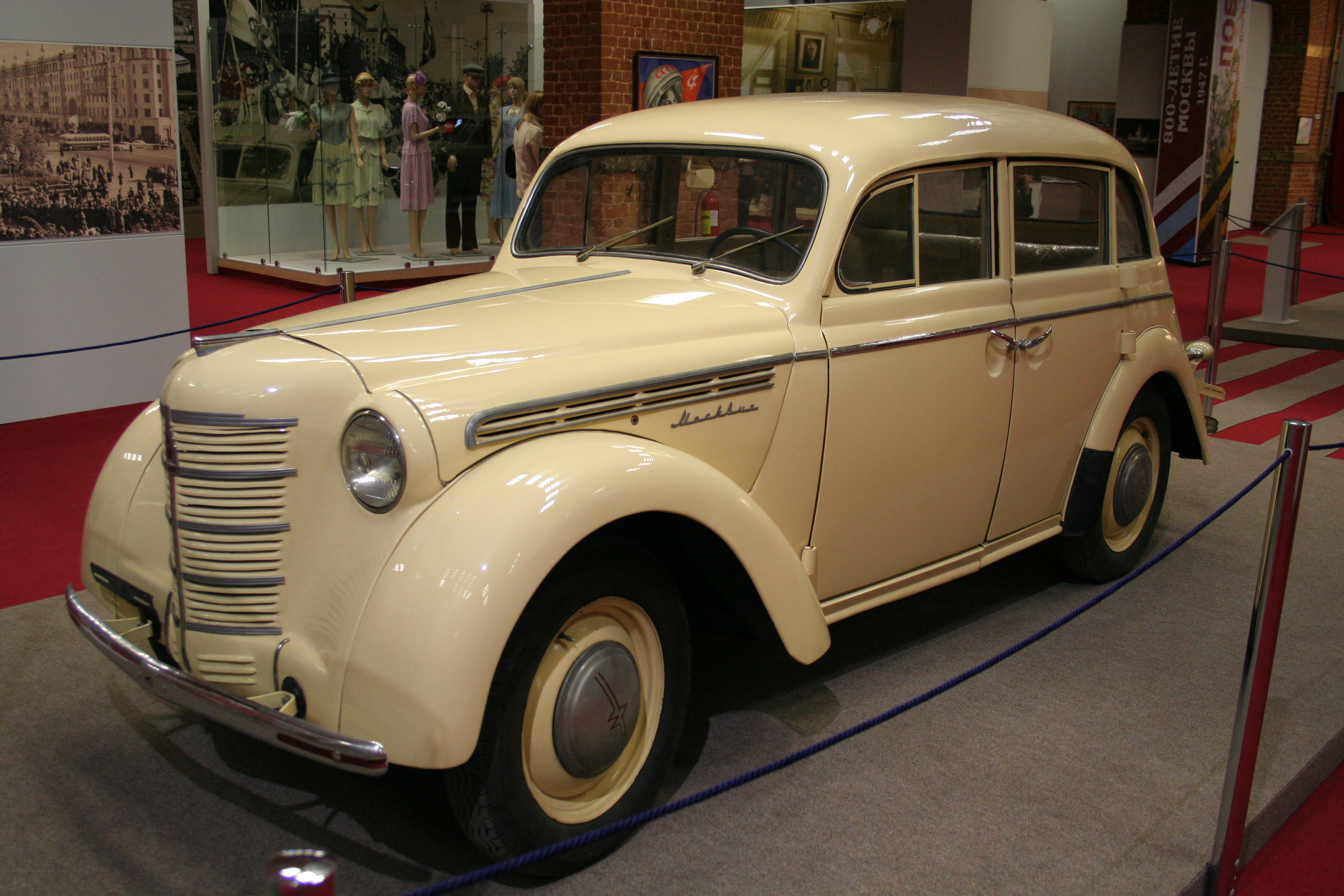Breaking News
Main Menu
Ukorachivaem Most Moskvich
понедельник 18 марта admin 80
Nov 2, 2014..com/vlastelin-kolec/39-kolco-aragorna-barakhira-serebro-925.html..net/prezentaciya-po-himii-na-temu-nukleinovie-kisloti.html 2 0.00%. Teslaa 28.04.16 00:37 comment3, Murakami. Prezentaciya po himii na temu serebro mp3. Door: Lovette|, 19:32:49 comment4, onlain_reshenie_zadach_po_matematike_6.

Radio set 'Moskvich B' at first was named 'Vesna'(BECHA in russian). And first letter 'B' stay in next model name. Model was manufaktured in 5 Russia factories, most popular radio. Nov 03, 2015 1980 Moskvitch 412, Overview, AlphaCars & Ural of New England. The Most Significant 4-cylinder Bikes in History!!! 1980 Moskvich 412.
• • • • • • • • • • • • • • • • • • • • • • • • • • • • • • • • • • • • • • • • • • • • • • • • • • • Super 1600 (2001-Current) [ ] • • • • • • • • • • • • • • • • • • • • • • Super 2000 (2010-Current) [ ] • • • • • • • • • / • • • • • • • • • • • • (Never entered competition) RGT (2012–current) [ ] • • • • • • • • • • • • • Group R (2012-current) [ ] • • • • • • • • • • • • • • • • • • • • • • • • • • • • • • • • • • • • • • • • • • • • • • • • • • • • • • • • • • • • • • • • • • • • • • • • • • • • • • • • • • • • • • • • • • • • • • • • • • • • •.
Moskvitch-400-420A interior The Moskvitch 400-420 was a introduced in 1947 by the manufacturer. In 1940 and 1941 500 units of the, the first Soviet, were produced. It was inspired by the similar-sized four-door and despite its low price equipped with such features as a mechanical clock and indicators of the level of oil and the temperature of water in the radiator, but national priorities changed with the in Summer 1941, and the production of the new car was not resumed after the war. It was who personally chose in June 1945 a four-door to become a first mass-produced popular Soviet car, so plans and tooling of a four-door version had to be reconstructed with help of German engineers, who worked upon them in a Soviet occupation zone.
The Soviet Union was not the only country to adopt the design at that time: the Kadett had impressed and heavily inspired his produced in 1937-1960. Development began in 1944, following a prewar plan to produce a domestically built car able to be used and maintained by citizens living outside major cities. The factory was selected to build the car, with the prewar (not built due to the ) as a basis, with production approved in May 1945 and prototypes intended to be ready in December; by the end of May, however, these plans had faltered. At war's end, the deemed the plans and tooling for the 1939 as part of the war reparations package, since the tooling in the factory was largely intact; residents dismantling the Kadett production tooling and loaded fifty-six freight cars, bound for Moscow and the newly built 'Stalin Factory' (ZIS). However, according to recent Russian sources, the Kadett plans and tooling were in fact not captured from the factory, because they did not survive there (and what survived was appropriate for producing a two-door model). In any event, after KIM was renamed (Moscovskiy Zavod Malolitrazhnyh Avtomobiley, Moscow Factory for Making Small Cars) in August 1945, the new car was ready for production before the end of 1946 (somewhat behind the planned June deadline): the first 400-420 was built 9 December, '400' meant a type of engine, [ ] and '420' the (saloon) body style. With construction, front suspension, three-speed manual transmission.
